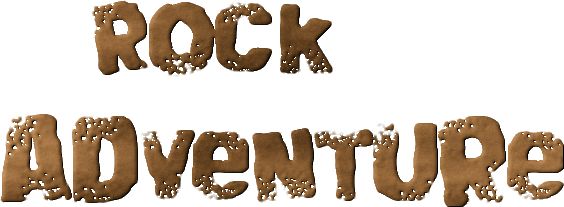Teacher
Page
Welcome Teachers
to my iAdventure

"An
iAdventure is a problem solving activity in
which students determine the direction and
outcome of a content-rich storyline, using
resources available on the internet.... As
students work their way through the story, they
are faced with a series of dilemmas, in which
choices must be made. At these points, the
teacher has provided links to internet sites
with real-world data,"primary" documents,and
other valuable web resources. Students visit
these sites, collect data, read various
documents, view video and images, and interact
with the activities. After analyzing the
information, they make an informed decision
about the next course of action for their
character. The out-come of the iAdventure is
open-ended...."(Smith, 2012). For
more information on iAdventures, please visit
the iAdventure Homepage at http://warrensburg.k12.mo.us/iadventure/
Grade Level:
This is intended for a 2nd grade classroom
Time: Five 60-minute sessions
(week project)
Resources needed:
- Preferably one computer for each
child (or at least one computer for every
two students)
- Internet Access
- Microsoft Office - PowerPoint
- Knowledge of PowerPoint
- How to save/copy graphics from
the internet
- Access to a printer for the
Worksheet guides
Other important information ( if needed):
A good computer and internet relationship
knowledge (how to click on links and find
information
A basic knowledge of the information provided
on this iAdventure
Some knowledge on rocks and fossils
Content Area:
This iAdventure includes aspects in all 4 core
subjects material: Math, Science, Social
Studies, and Communication Arts.
SITE MAP
BACKGROUND
INFORMATION:
The students are led through
a fiction scenario in which they are to help an
8 year old boy figure out which state to visit
for summer vacation (Utah or Arkansas).
The purpose of this vacation is to learn more
information about rocks and fossils. Students
will search for information on both states and
then make a choice between them. Then students
will make a choice, after considerable research,
between , 4 locations that deal with rocks
and/or fossils (2 in Utah, and 2 in Arkansas).
PowerPoint Tutorials on the Web - These have
helpful tips that you may want to teach your
students:
CURRICULUM
STANDARDS:
Social
Studies:
- Economic Concepts and Principles
4.B.
- Grade 2. Explain how to make
decisions using cost-benefit analysis.
- Elements of Geographical Study
and Analysis 5.A
- Tools of Social Science Inquiry
7.A
- Grade 2: Identify and select
visual, graphic and auditory aids
(graphs and charts)
Mathematics
- Numbers
and Operations 2.A.
- Grade 2: represent/model a
given situation involving two-digit
whole number addition or subtraction.
- Geometric
and Spatial Relationships 1.A
- Grade 2: Identify locations
with simple relationships on a map
(coordinate system)
- Data and Probability 1.A
- Grade 2: Pose questions and
gather data about themselves and their
surroundings.
- Data and Probability 1.B
- Grade 2: Sort and classify
items according to their attributes
and organize data about the items.
Science
- Strand 5: Processes and
Interactions of the Earth's Systems
(Geosphere, Atmosphere, and Hyrosphere)
1.A
- Grade 2: Observe and describe
the physical properties of rocks
(e.g., size, shape, color, presence of
fossils)
- Strand
7: Scientific Inquiry
1:B
- Grade 2d. Compare
amounts/measurements
- Strand
7: Scientific Inquiry 1.C
- Grade 2a: Use observations as
support for reasonable explanations.
- Grade 2c: Compare
explanations with prior knowledge.
- Strand
7: Scientific Inquiry 1.D
- Grade 2a: Communicate simple
procedures and results of
investigations and explanations
through:
- oral
presentations
- drawings and
maps
- data tables
- graphs (bar,
pictograph)
- writings
- Strand 8: Impact of Science,
Technology and Human Activity 3.A
- Grade 2a: Identify a question
that was asked, or could be asked, or
a problem that needed to be solved
when given a brief scenario (fiction
or nonfiction of individuals solving
everyday problems or learning through discovery)
Communication
Arts
- Reading 1.H
- Grade 2: apply post-reading
skills to respond to text:
- Answer basic
comprehension questions
- identify the
main idea and supporting details
- question to
clarify
- retell
- reflect
- draw
conclusions
- analyze
Rubric
Click the link below for the
grading rubric.
ACKNOWLEDGEMENTS
Thanks
to Professor Stan Smith, my teacher, who gave me
examples to create this iAdventure and
introduced me to the concept.
|